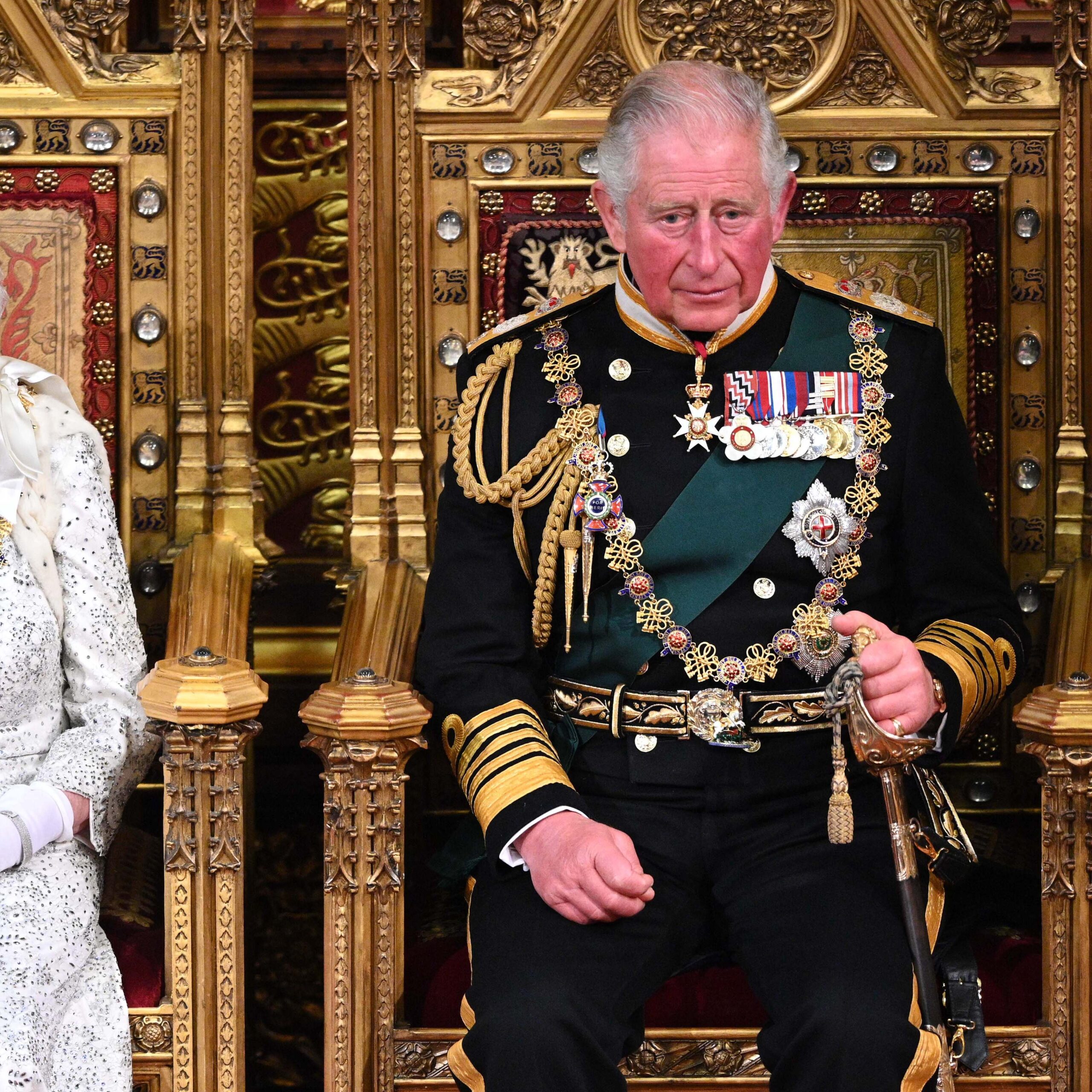Princess Charlotte, the beloved daughter of Prince William and Princess Kate, carries a name that pays tribute to her royal lineage.
The nine-year-old has recently captured the public’s attention with her charming appearances at various royal events, prompting renewed interest in her full name and its significance.
Officially known as Charlotte Elizabeth Diana, her name is a heartfelt homage to cherished family members.
The middle name, Elizabeth, honors her late great-grandmother, Queen Elizabeth II, and her grandmother, Princess Diana.
It’s a touching reminder of the strong women in her family.
Interestingly, Elizabeth is also the name of her mother, Kate.
As for Charlotte, her first name is thought to be inspired by her grandfather, King Charles, as it is the feminine version of his name.
Charlotte isn’t the only royal child to carry on this tradition.
The Duke and Duchess of Sussex named their daughter Lilibet Diana in 2021, a nod to Queen Elizabeth, who was affectionately called Lilibet by her close family.
When Charlotte was born in 2015, she entered the world as the great-grandchild of the reigning monarch, Queen Elizabeth II.
Royal titles come with a complex set of rules.
According to letters patent issued by King George V in 1917, only male-line descendants of the monarch are entitled to the HRH (His/Her Royal Highness) title.
This meant that, under traditional rules, only Prince George, Charlotte’s older brother, would have qualified for the title of Prince until King Charles took the throne.
In a significant move, the late Queen Elizabeth II revised these century-old laws before Prince George’s birth.
This change ensured that all of Prince William’s children would have equal rights to royal titles, reflecting a more modern approach to sibling equality within the royal family.
The announcement came via the London Gazette, where it was stated that all children of the eldest son of the Prince of Wales would enjoy the style and title of Royal Highness.
This declaration, made on December 31, 2012, marked a pivotal moment in royal history.
As a result, Princess Charlotte was granted the title of Princess and the style of Her Royal Highness right from her birth.
However, it’s worth noting that she doesn’t possess an honorific title of her own.
Instead, she adopts the suffix of her father’s highest-ranking title.
At the time of her birth, that title was Duke of Cambridge, making her officially known as Her Royal Highness Princess Charlotte of Cambridge.
With King Charles’s ascension to the throne, Charlotte’s title evolved once again.
She is now referred to as Princess Charlotte of Wales, following her father’s new title as the Prince of Wales.
This reflects the ever-changing nature of royal titles and how they adapt with the monarchy.
Looking ahead, when Prince William eventually ascends the throne, his children will simply be known as Princess Charlotte, Prince George, and Prince Louis.
Related Stories

